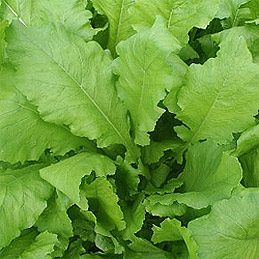
Turnip Greens
These have an assertive flavour. Southern Americans cook their turnip greens for hours to give them a silky texture and soften their bite. Other cooks may prefer to keep the vegetable’s colour, crunch, and sharp flavor with shorter cooking, about 20 minutes.
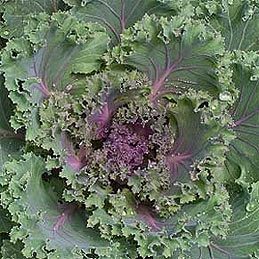
Kale
This green comes in several varieties with leaves that are very crinkly, serrated, or feathery and has tones of blue-green, reddish purple, gray-green, or light green. All but the first tender kale leaves of the season are quite tough-they need braising for 12 to 15 minutes. Kale is especially good chopped and added to hearty soups near the end of cooking.
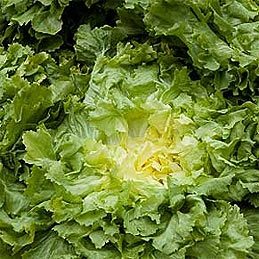
Escarole
A member of the chicory family (which includes endive, curly endive, and radicchio), escarole resembles a sturdy loose-leaf lettuce. The inner tender leaves of escarole should be almost white; these are suitable for salads. The outer leaves need braising-about 15 minutes-to intensify both their faint sweetness and pleasant bitterness. Escarole’s big flavour can stand up to rich, creamy sauces or hot, spicy seasonings. Wilted escarole-sautéed about 5 minutes-makes a wonderful base for warm winter salads. Surround it with roasted pears, gorgonzola, and walnuts for a delicious cold-weather first course.
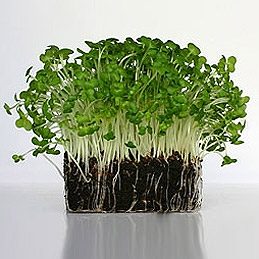
Mustard Greens
These light green, crinkly leaves pack a hot punch, especially if simmered for no more than 15 minutes. Longer cooking mellows the flavour. Many cooks blanch the leaves to cut the sharp taste, then drain and sauté with various seasonings. Asian flavourings such as fresh ginger, soy sauce, and toasted sesame seeds are an interesting match for mustard greens.
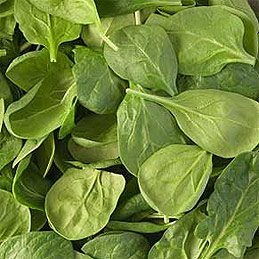
Spinach
Probably the best-known green, spinach comes with dark green, crisp crinkly leaves or softer pale green flat leaves. Cook trimmed spinach leaves in a saucepan with just the water clinging to its leaves from rinsing it. Cover and steam for 1 or 2 minutes.
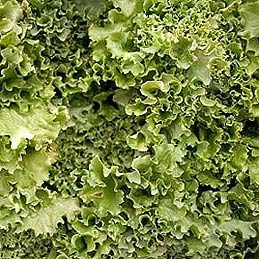
Collards
These large, round, smooth leaves have a cabbage-like quality. They take longer to cook than most greens-about 25 minutes if simmered, although Southern cooks simmer collards for hours until meltingly tender. Bacon, ham hocks, or another smoked meat is traditionally added to the cooking liquid. Collard stems are inedible; discard them.
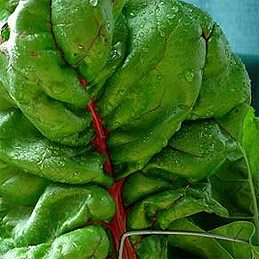
Beet Greens
Like fresh spinach leaves, beet greens are tender and cook quickly. They are mild-tasting. Cook beet greens in a covered skillet using just the water that clings to their rinsed leaves and a little butter or olive oil. Possible seasonings include garlic, shallots, ground cumin, or hot pepper sauce.
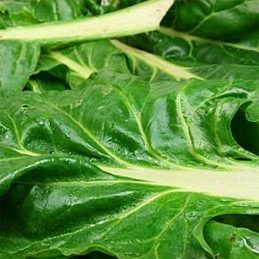
Chard
Often called Swiss chard (for no apparent reason), this large-leafed variety is mostly interchangeable with spinach and beet greens but has an earthier taste. Chard leaves can be sautéed, steamed, or blanched. The stem, or rib, which comes in vivid red, yellow, or a bright white colour, can be chopped and sautéed separately in oil or butter. The stem takes longer to cook.